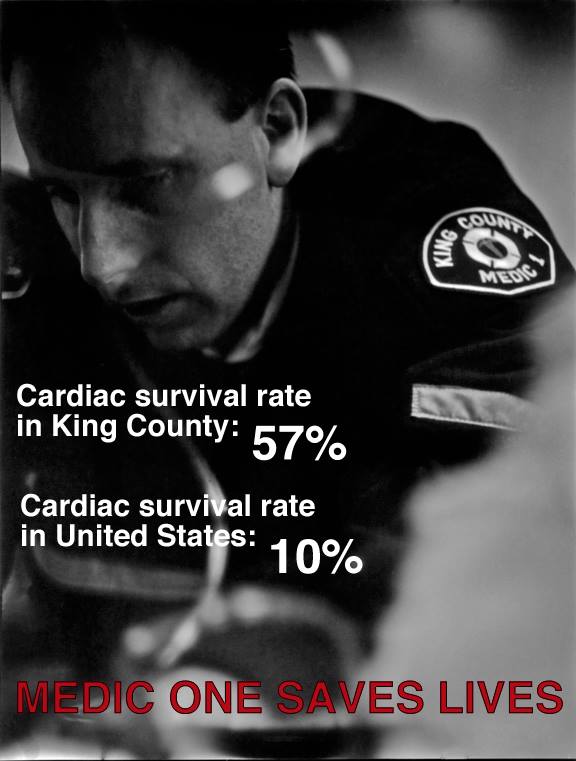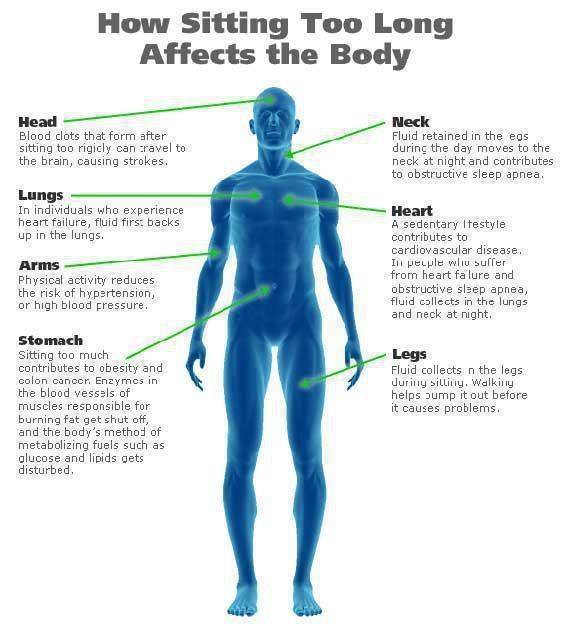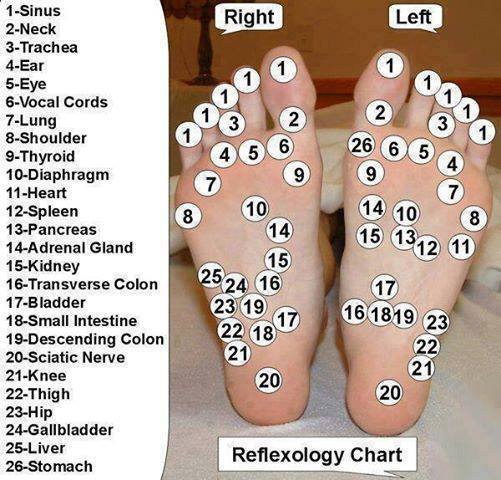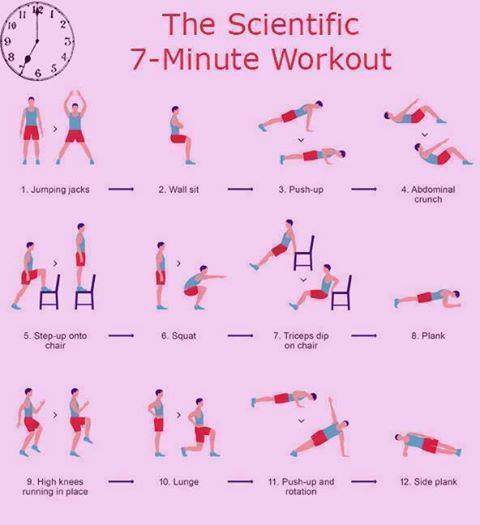Best-Online-Buys
Theresa's eBook for eBay eSellers: eBay Seller Tips Let's Ask Sell Things on eBay: How to Sell Stuff on eBay; What to Sell on eBay and Where to Get it; What Do I Sell on eBay; Selling Stuff on eBay; Things to Sell on eBay to Make Money
Read More About the eBay eSellers eBook Before Purchasing it!
The Invisible Truth Kindle: eBook for Invisible Truth Shows How to Find Peace, How to Act Positive, How to Be More Assertive, Ways to Increase Confidence, Ways to Improve Confidence, Also Ways to Assert Believing in Yourself
CCFL: A Simple Way to Guide Children and Teenagers to Happiness, Success and Gratitude: Creating Champions for Life
The Body's Preferences! Here are some pictures for you to enjoy!









Only because I'm from Seattle does CPR make center headlines on The Body page. We lead the country, we lead the world, and we lead everyone in CPR survival. There are three leaders. Seattle, King County, and Rochester, Minnesota...home of a lil ol' world renown hospital called The Mayo Clinic. Everyone in town works at the hospital, is related to someone who works at the hospital, or is driving around in a police car equipped with a Defibrillator (an AED) ready to save lives! Small town, with nothing better to do than save lives.
And, by the way, Seattle is IN King County, so we score two out of three. Yes, 57%. (Some years the percentage is as high as 67 & 73%.) A few cities like Portland are in the 24% range. The average is under 10%; that's up from 7% so we're making headway. But. Detroit. I always felt a little guilt when I made jokes about Detroit, and "bad things happen in Detroit and in the movies." I don't feel bad anymore. Detroit scores a ZERO every year. Zero. Pick your city in which you live carefully. You can choose to live around people who innately care about you. Or you can choose to live in, well, Detroit. Spiritual happiness comes from within...but it also comes from the neighbors.
http://www.jems.com/article/news/airport-cpr-kiosk-ditching-backboards-an
Airport CPR Kiosk, Ditching Backboards and a CT Scanner-Equipped
Ambulance
From the May 2014 Issue
Monday, May 5, 2014
 Stayin’ Alive at DFW Airport
Stayin’ Alive at DFW Airport
Outside a departure gate at the Dallas/Fort Worth International Airport (DFW) sits a stand bearing the logo of the American Heart Association (AHA).
Inside is a Laerdal CPR manikin torso, and outside, a John Travolta-like disco dancer busts a move to the Bee Gees’ song “Stayin’ Alive.” Most intriguing, however, is that travelers are using this machine to practice CPR.
Known as a “Hands-Only CPR Kiosk,” the stand is the result of a partnership between the AHA and American Airlines. It includes a touchscreen monitor displaying an automated watch-while-practicing CPR program that provides instruction and feedback to users on proper CPR hand placement and the depth and rate of compressions.
The kiosk was placed in Terminal C, Gate 7, to see if travelers will use time waiting for flights to learn and practice compression-only CPR. The current dark wear and tear on the torso of the manikin, shows many people have indeed taken advantage of the opportunity to learn the lifesaving technique while waiting in the terminal.
We give a thumbs up to the AHA, Laerdal Medical, American Airlines and DFW for starting this novel, compression-only CPR project. We encourage EMS agencies to contact and work with the AHA to place similar devices in airports, shopping centers, industries and other high-traffic areas.
For more information about the Hands-Only CPR campaign, visit www.heart.org/handsonlycpr.
 Bye Bye Backboard
Bye Bye Backboard
Officials in Johnson County, Kan., announced in February the region’s paramedics would no longer use long spine boards to immobilize crash victims. But their decision to ditch dogma wasn’t only because of studies that show how the boards can cause harm and discomfort to patients rather than protect them from further injury.
According to a KCTV 5 News report, officials also considered transport time from the crash scene to the hospital. By dropping the backboarding practice, officials expect trips from crash sites to EDs to become two minutes faster.
This isn’t to say the backboards will be dumped entirely. Johnson County paramedics will still use them to transport crash victims onto cots inside ambulances, but paramedics simply won’t keep patients strapped to the boards on the way to the hospital.
We give a thumbs up to Johnson County paramedics for recognizing that the risks of backboarding all crash victims outweigh the benefits.
 Stroke of Genius
Stroke of Genius
Close to 800,000 Americans suffer a stroke each year. Most suffer ischemic stroke, which occurs when blood flow to the brain is obstructed by a clot in a blood vessel. Thankfully, ischemic stroke can be treated effectively with a tissue plasminogen activator (TPA), a drug that—if administered within three hours of the first signs of stroke—dissolves a clot to improve blood flow back to the affected part of the brain.
Unfortunately, it can take an hour after a stroke patient arrives in the ED to receive treatment because of the time needed to determine which kind of stroke is in play. If only there was a faster way to diagnose stroke patients with the requisite CT scanner.
Enter James C. Grotta, MD, director of stroke
research at the Clinical Institute for Research & Innovation at Memorial
Hermann-TMC. “If we can actually put the emergency
room in the ambulance and take the CT scanner to the patient, we could
treat the patient at the scene with the medication,” said Grotta.
So, in March 2013, he proposed the idea of a mobile stroke unit to University of Texas Health (UTHealth) Development Board members and garnered the support of John and Janice Griffin, owners of the emergency vehicle-building company Frazer Ltd. Today, UTHealth is testing the nation’s first mobile stroke unit. It’s an ambulance that’s outfitted with a CT scanner and has a crew made up of a paramedic, neurologist, nurse and CT technician.
UTHealth and Memorial Hermann-TMC are currently studying two things: the effectiveness of TPA if given within an hour of the first signs of stroke, and the cost savings of applying a telemedicine program to the unit. Trial runs began in February and the study, which began in March, will take three years to complete.
We give a big thumbs up to Grotta, UTHealth, Frazer, Memorial Hermann-TMC, and all of the local businesses and philanthropists who supported the creation of the innovative rig. We look forward to learning the results of the trials and study.
